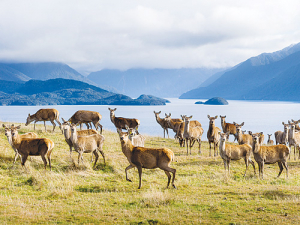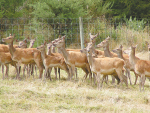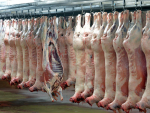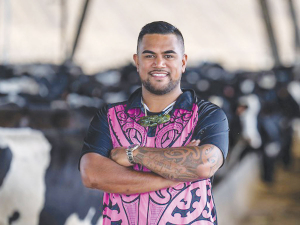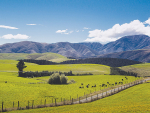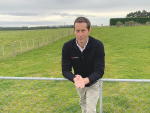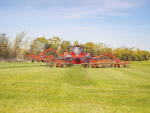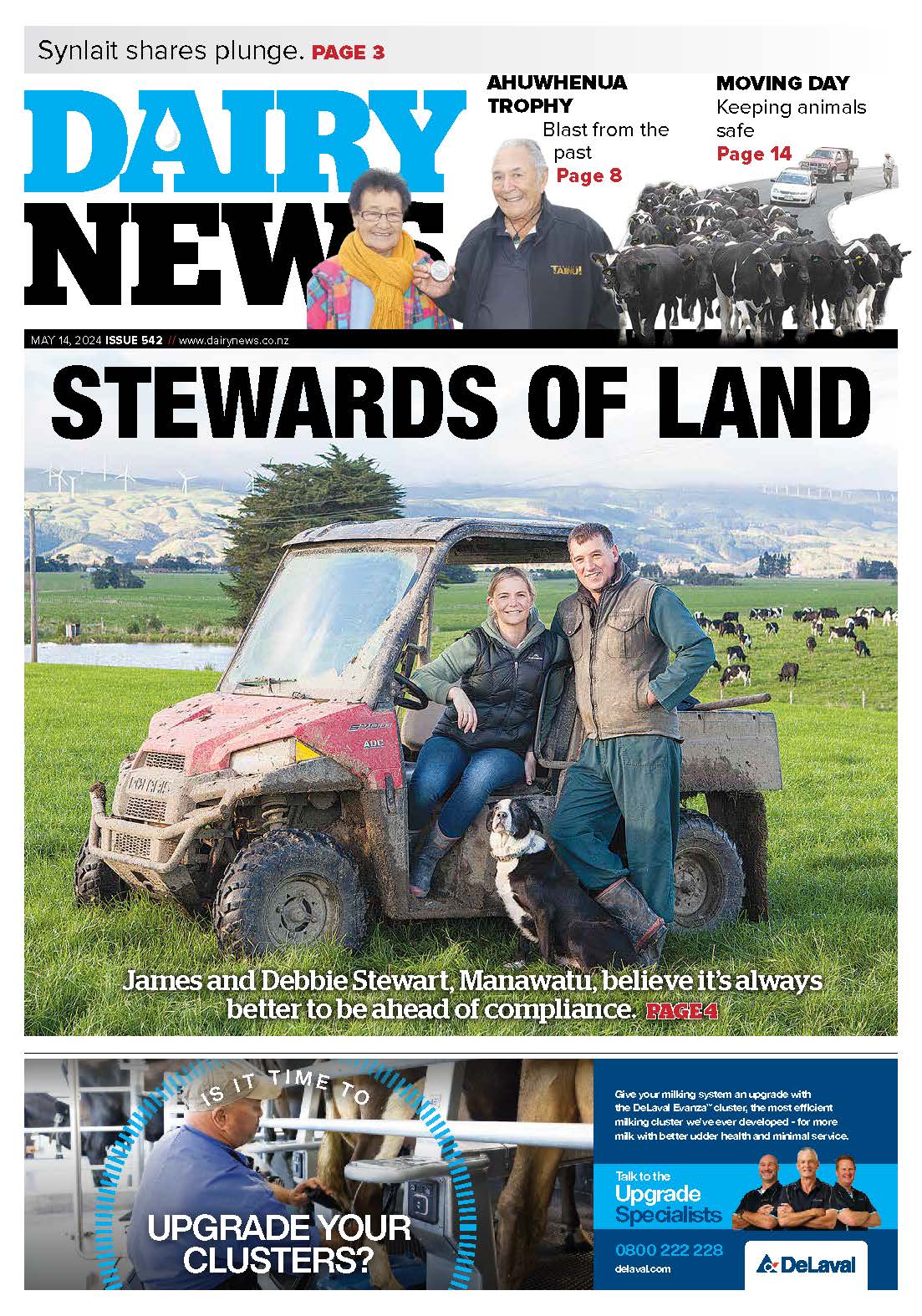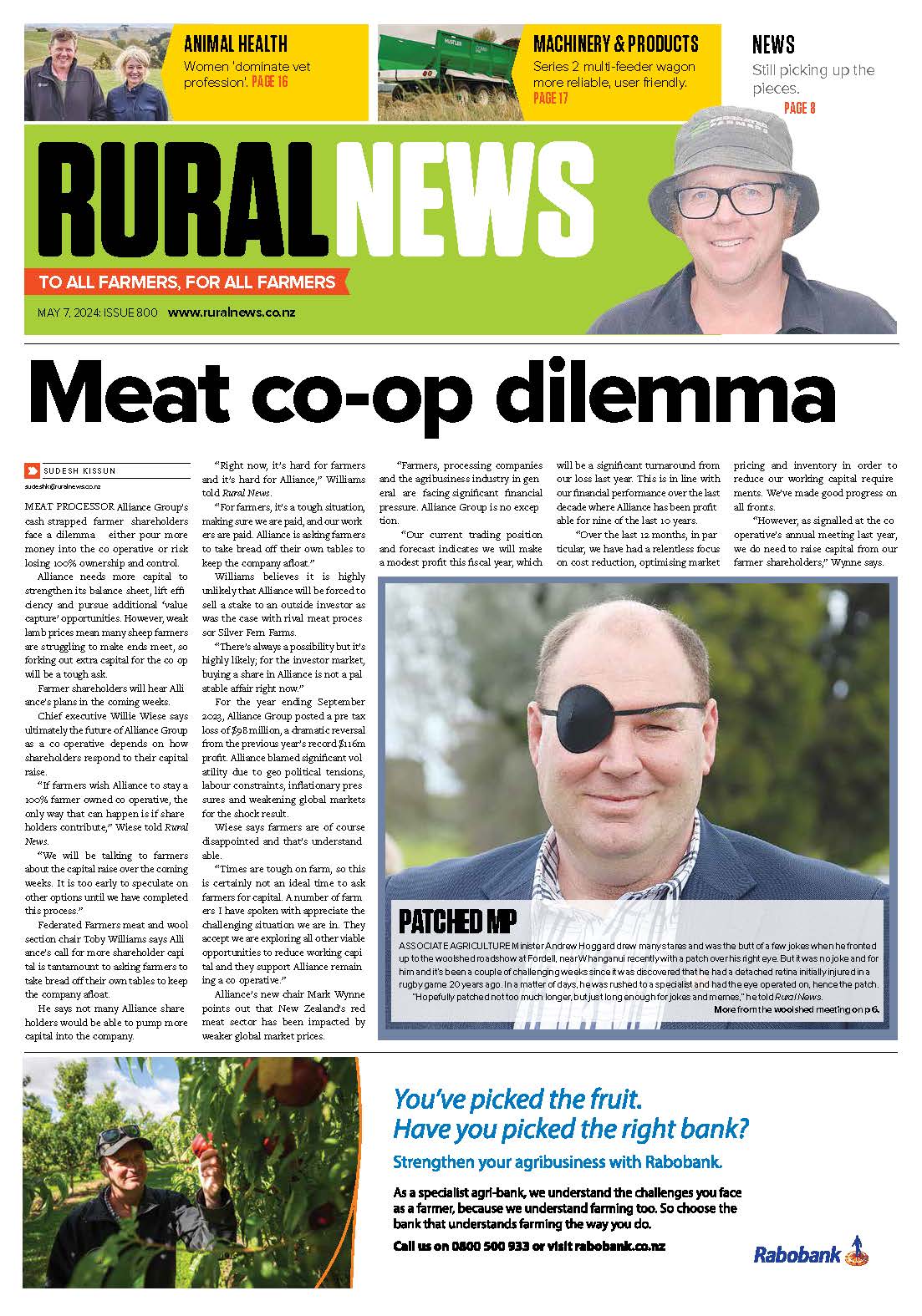But they’d be taking a punt in using it, because research to find out whether or how resistance is linked to growth rates and parasite levels in deer won’t be completed until late next year.
Resistance levels are scored using a saliva test that measures the antibodies triggered when animals ingest internal parasites.
The test, carbohydrate larval antigens (Carla), was developed by AgResearch scientists for the sheep industry, where Carla breeding values (BVs) are now a routine part of genetic selection.
Research to date shows that Carla responses in deer are heritable and that Carla levels may be a useful predictor of resistance to internal parasites. This resistance varies both within and across breeds, with wapiti-crossbred (terminal) and red (maternal) progeny having similar responses.
Sharon McIntyre, manager of Deer Select, the deer industry’s genetic database, says Carla BVs will eventually be provided within Deer Select.
“Recording fields have been set up, but for the meantime the BVs will be produced offline through AgResearch. While we could do this quite easily within Deer Select, it is important at this stage that the data collection is supervised. Also we want to reinforce the message to breeders that the technology is experimental,” she says.
McIntyre says the Carla scores now being gathered will be added to the data collected in the Deer Progeny Test, to help build a robust database that one day may underpin a BV for worm resistance. This would enable commercial farmers to factor worm resistance into their decision-making when buying stags.
AgResearch senior scientist Geoff Asher says there is a lot of commercial pressure to come up with a practical solution to the growing resistance of internal parasites to the drenches used in deer.
“When farmers are using the recommended deer drenching programme, there’s a 90-day withholding period between the last drench and slaughter. That’s a long time without a drench when you are chasing premium spring venison prices,” he says.
“Some breeders want to get in on the ground floor and breed deer that need less drenching in their first year. The ideal would be an animal that only needed drenching at weaning and perhaps once or twice more, before natural resistance to parasites kicked in. That’s the ideal, but we can’t promise that – at least not yet. And the last thing we want to do is over-promise and under-deliver.”
Research now underway into the linkage between Carla scores and deer growth rates is part of a two-year project dubbed Tomorrow’s Deer. It is funded by DEEResearch – the organisation that channels farmer levies into research – and AgResearch, which is providing substantial core funding.
The project aims to identify genes, such as for parasite and disease resistance, that will enable deer to thrive in a commercial farming environment.
In an interesting twist, the study will be broadened in 2017 to see whether resistance to parasites is linked to resistance to an important deer disease.
“In this trial we will look at the health and performance response to an artificial Johnes’ disease challenge in deer from both high and low Carla bloodlines and those that come from Johnes’-resistant and susceptible bloodlines,” he says.
“This is the first time progeny from sires with known immune responses to two different organisms have had their performance measured under a cross-over type disease challenge. The aim is to find genetic markers and breed for deer with high levels of immune competence for the farms of tomorrow.”
Asher says it will be interesting to see how all the genetic factors play out.
“We don’t yet know what an optimal Carla response looks like, as perhaps some overactive immune responders may be wasting valuable energy on unnecessary immune responses rather than growth,” he says.





